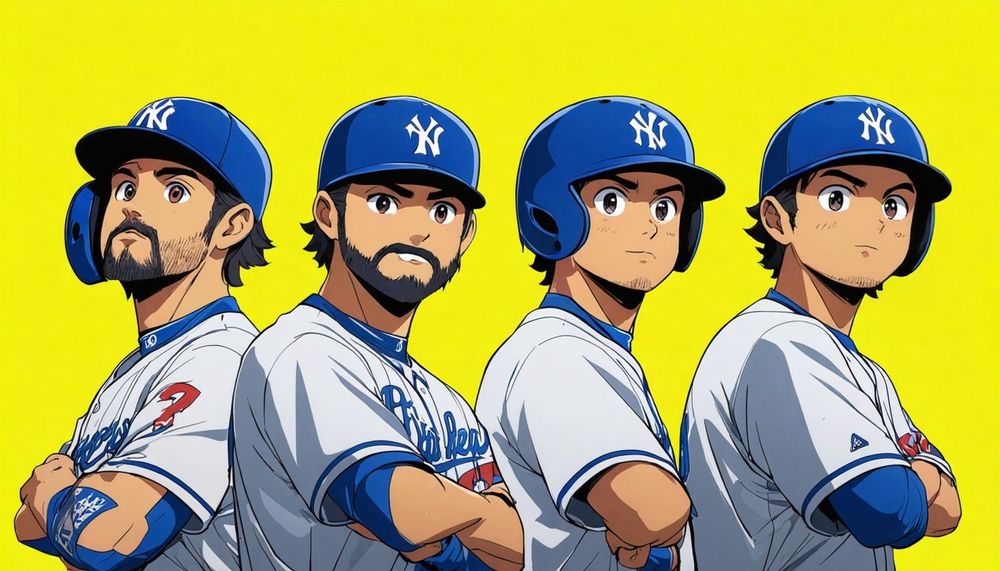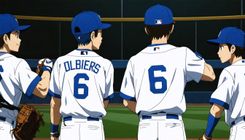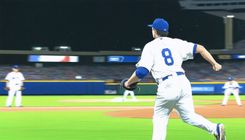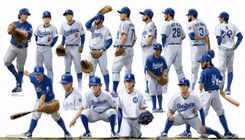Major League Baseball Trade Deadline: Winners and Losers

As the Major League Baseball trade deadline approached, expectations were that it would be a relatively calm event. However, the final hours delivered significant moves that reshaped several teams' fortunes, with standout players like Carlos Correa, Mason Miller, and Eugenio Suárez making headlines during this frenzied period. This analysis will explore the key transactions and their impacts, categorizing teams into winners and losers.
Right-handed pitcher Mason Miller has emerged as one of baseball's most exciting talents. With an ability to consistently throw over 103 MPH and an exceptional slider, Miller has baffled opponents to the tune of a .126 batting average against him. Given his potential and team control extending through 2029, his trade from the Oakland Athletics to the San Diego Padres involved a substantial package. The Padres acquired Miller alongside left-handed pitcher JP Sears, while parting with top prospect Leo De Vries—a highly rated 18-year-old shortstop—and other prospects including right-handed pitchers Braden Nett, Henry Baez, and Eduarniel Núñez. This deal is poised to benefit both teams: while Miller addresses the Padres' immediate needs, De Vries represents a franchise cornerstone for the Athletics as they build for the future.
The Minnesota Twins have faced challenges following a key injury to pitcher Pablo López. Since López's injury, the team has struggled, posting a disappointing 17-30 record. Although the Twins opted against a fire sale, the decision to trade several players has raised concerns among their fanbase. Players such as Carlos Correa, Jhoan Durán, and Griffin Jax were moved, while Byron Buxton's reluctance to leave Minnesota signals a commitment to the franchise despite the team's difficulties. Their moves highlight a complicated roster situation as they seek to rebuild amidst significant changes.
The New York Mets were in a position to strengthen their struggling bullpen, which has been inconsistent this season. While Edwin Díaz has been a standout, the rest of the bullpen posted an ERA of 4.61. In an effort to bolster their relief options, the Mets acquired three significant rental arms: Ryan Helsley from St. Louis, Tyler Rogers from San Francisco, and Gregory Soto from Baltimore. The potential duo of Díaz and Helsley could become a formidable force, reminiscent of successful past bullpens. While the Mets sacrificed eight prospects to make these deals, the aim is to convert these additions into a competitive advantage in the playoff race, making a hefty investment in the bullpen.
The St. Louis Cardinals have navigated a season of uncertainty, choosing to embrace a selling strategy at the trade deadline despite being at .500. Many veterans with no-trade clauses opted to remain, limiting the Cardinals' ability to reshape their roster significantly. Their trades yielded modest returns, suggesting a missed opportunity to reinvigorate their future. The failure to engage in a more comprehensive overhaul could hinder their progress as they seek to reestablish a competitive team.
The Chicago Cubs and Chicago White Sox are heading in opposite directions, with the Cubs vying for a playoff spot while the White Sox are positioned as sellers. The Cubs made minor additions to their roster but did not pursue aggressive upgrades that would significantly change their outlook. Conversely, the White Sox missed opportunities to trade players like Luis Robert Jr. despite his evident value. Their inability to address long-term concerns and sell high on assets reflects a troubling trend for the franchise.
The Toronto Blue Jays made a noteworthy addition in acquiring Shane Bieber from the Cleveland Guardians, enhancing an already formidable rotation that includes top talents like Max Scherzer and Kevin Gausman. This transaction solidifies their status as a serious playoff contender, allowing them to take calculated risks without undermining their roster. Cleveland faced challenges in obtaining value for Bieber, given his injury history, leading to a trade with manageable implications for both sides.
In a surprising move, the Cincinnati Reds pursued Pirates third baseman Ke'Bryan Hayes instead of targeting more offensively impactful players like Eugenio Suárez. Hayes is known for his defensive prowess but has struggled offensively, raising questions about the fit for a Reds team seeking to enhance their lineup's production. Additionally, other trades made by the Reds may signal a lack of focus on immediate needs as they navigate their roster decisions.
Seattle Mariners successfully re-acquired Eugenio Suárez, who has been a key contributor offensively. His 36 home runs and RBI outputs place him among the league leaders, while the Mariners' recent trades signal a clear commitment to enhancing their competitiveness. By adding both Suárez and other valuable pieces to their roster, Seattle seems poised for a strong finish to the season amidst heightened competition in the AL West.
Lastly, teams like the Miami Marlins and Milwaukee Brewers approached the deadline with differing strategies. The Marlins chose not to move starters Sandy Alcantara or Edward Cabrera despite speculation, opting instead for modest additions that suggest a thoughtful approach to roster management. On the other hand, the Brewers made minimal moves, raising questions about their intentions as contenders while failing to address key areas.









